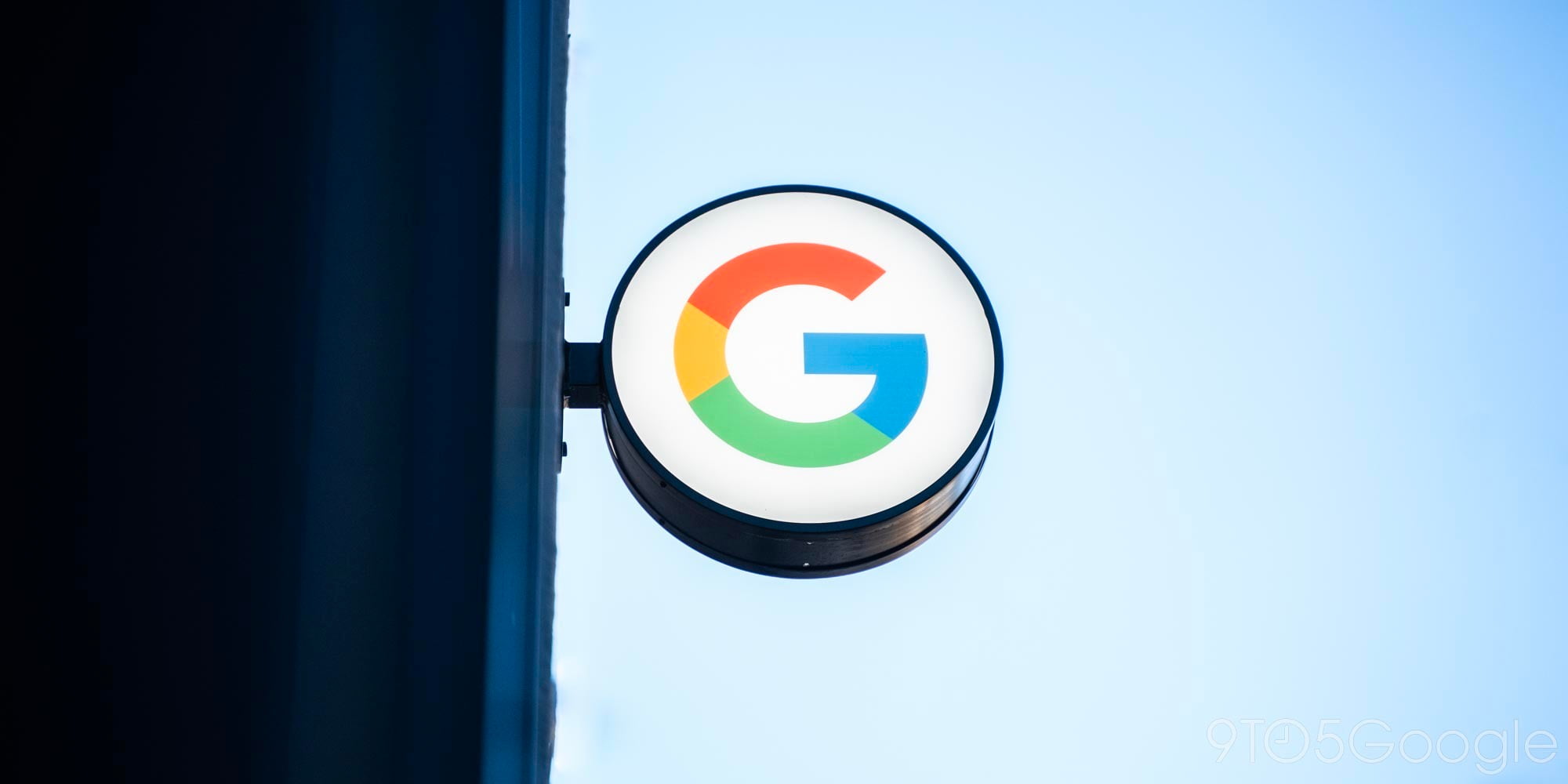Chrome beta has been updated to version 46 across Android, Windows, Mac, Linux, and Chrome OS. According to Google, this version of the browser is getting some “new CSS animation features, improved performance controls, and a large number of API tweaks.” In other words, this update doesn’t include any exciting user-facing features — it’s mostly a developer-focused update.
Here’s what Google had to say about the update in its blog post:
Animating objects along author specified paths
Previously, animating objects along an author-specified path required complex javascript code that could block important events like rendering and input. Developers can now animate any graphical object along an arbitrary path declaratively as a CSS property, allowing simpler code that doesn’t block rendering or input.
Optimized image loading and service worker instrumentation
Tools like srcset allow developers to serve an optimized image variant in a responsive way, but it can be cumbersome and inefficient to use in practice. Developers can now negotiate with the server to download the best image variant for a device using straightforward HTTP request headers. These headers communicate DPR, Viewport-Width, and the intended display width of the resource being fetched to the server.
In addition to improving image loading, developers can now instrument service workers to gather detailed fetch and script timing. Developers can also measure the startup time of service workers more accurately.
If you’re an avid user of the beta channel of Chrome on Android, you’ll notice that the update is rolling out right now. If you would rather manually update your app, you can do that too.


